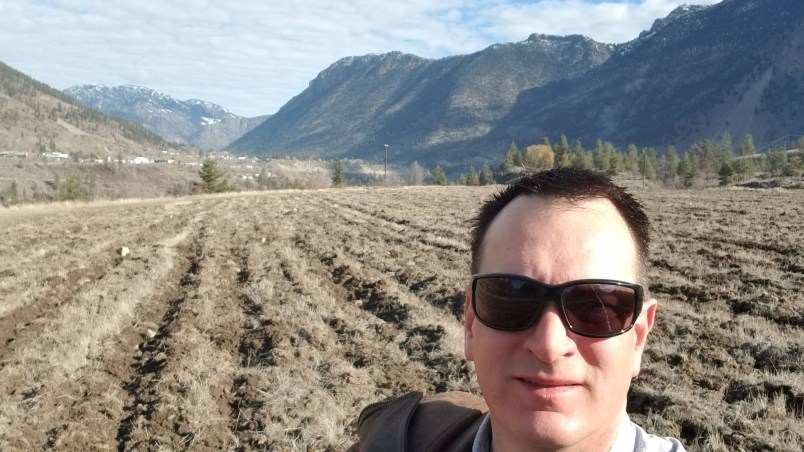Wines from Lillooet’s Fort Berens Estate Winery are growing in distinction with the British Columbia Vintners Quality Alliance (BC VQA).
Lillooet is one of four new regions that will be recognized later this year when B.C. wine drinkers will be able to buy BC VQA wines clearly identified as coming from Lillooet, the Thompson Valley, Shuswap and Kootenays.
The four areas are being established as geographic indications, a standard element of appellation systems used around the world that help people identify wines in the marketplace, provide assurance as to the origin and quality of the wine, and promote agri-tourism.
British Columbia currently has six official geographical indications - British Columbia (provincial), �鶹��ýӳ��Island, Gulf Islands, Fraser Valley, Similkameen Valley and the Okanagan Valley.
"More and more people are starting to recognize the quality and diversity of B.C. wines found throughout our province, from Ortega in the Cowichan Valley, to Cabernet Franc in the Okanagan Valley and Rosé in the Creston Valley, and everything in between," said Minister of Agriculture Lana Popham. "By helping B.C.'s wine regions identify and promote their own terroir, and making it easier for smaller wine producers to participate in the BC VQA program, B.C. wine drinkers will be able to make more informed choices as they select, enjoy and buy B.C. wines."
The Lillooet VQA will be about 100 kilometres long from just south and east of Lytton to just north and west of Lillooet. In most places the region is only three kilometres wide. While seemingly tiny, Lillooet VQA will be twice as large as Burgundy, France’s famed wine region, which is just 48 kilometres long.
co-owner and co-founder Rolf de Bruin told the Bridge River Lillooet News the VQA region will extend north up to Blue Ridge Ranch on West Pavilion Road, west to the Yalakom Valley, south to Kanaka Bar and east along the Thompson to just past Kumsheen.
Within this area, he said, there are an estimated 5,000 acres of agricultural land that will be suitable to growing premium grapes varieties under the current climatic conditions. With land prices that are still at a fraction of those in other grape growing regions within B.C. further expansion of vineyard acreage in BC will likely occur mostly in the emerging regions.
“The Lillooet VQA recognition is a huge important step forward as it gives wineries in this region the ability to inform consumers where the grapes are from and the consumer can rely on that as it is certified by the VQA," De Bruin said. "Currently, all of the wines Fort Berens produces are labeled BC VQA. When the new regulations are implemented, you will see Lillooet VQA on the label of the wines made from grapes grown in Lillooet.”
“At Fort Berens, we are very passionate about making wine from grapes grown in this area. We believe wines made from grapes grown in this area have a unique and distinct character and we see a great demand for our wines from consumers in our area, in B.C. and beyond."
“With the official recognition of the Lillooet VQA, we expect to see more wineries, vineyards and businesses in this area. We are offering all our support to interested parties to plant vineyards or start a winery in this region. Sharing what we have learned so others can succeed.”
British Columbia is home to 929 vineyards, including more than 350 licensed wineries, and 4,130 hectares of wine grapes are grown in B.C.
In 2016, B.C. wine exports increased four per cent over the previous year, to $9.7 million, which is shipped to 17 international markets.



